The Salty Heaven is a 17' by 5' 9" cat-yawl intended for day-sailing and camp-cruising. Her Australian designer, Mikey Floyd, is an admirer of traditional working boats, which used to go about their business using a minimum of fancy gadgetry. There are only four strings to pull: two halyards and two sheets. Roll her off the trailer, erect the two unstayed masts, slide the boomkin and rudder into place, hoist sail, and you’ll be on the move within 15 minutes.The sails are standing lugs, a rig which has proved itself over centuries in working boats, where trouble-free practicality is a commercial imperative. They are carried without booms, which has pluses and minuses. On the plus side, there’s nothing solid to beat passengers over the head during maneuvers. You still need to be careful of the blocks attached to the clew of the main-sail, but their positioning is such that they are generally out of the way of both skipper and crew. Advocates for booms point out that you cannot run directly downwind without them. Indeed, if you try, you risk the dreaded death roll, which on a boat that can capsize is to be avoided at all costs. On a Salty Heaven, you make your way downwind in a series of broad reaches—so-called “tacking downwind.” Modern racing boats often adopt the same tactic; you sail farther, but you get there faster.A Salty Heaven looks old-fashioned, with a straight stem and a nice sheer terminating at a pretty wineglass transom. Her raked masts give her an air of elegance and purpose. This boat would not have seemed out of place drawn up on the beach beside an English fishing village a century ago. But, look closely: Her lapped marine plywood planks are fastened with glue rather than nails and roves. In fact, thanks to the wonders of epoxy, there are hardly any mechanical fastenings in the entire boat.
Join The Conversation
We welcome your comments about this article. If you’d like to include a photo or a video with your comment, please email the file or link.



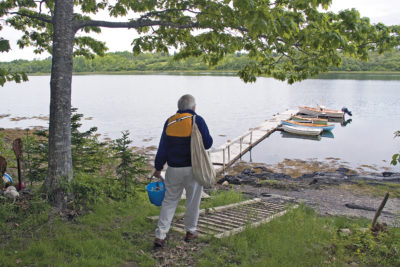
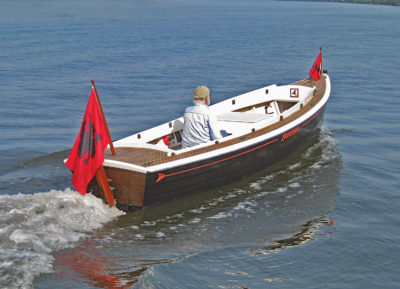
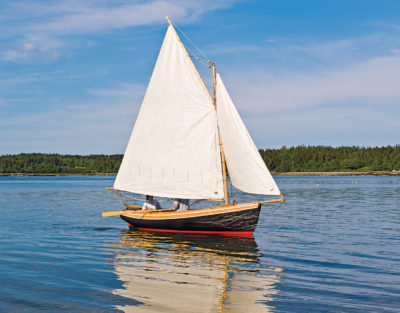
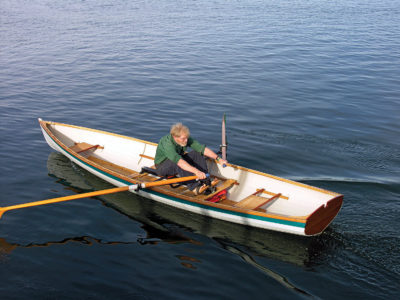
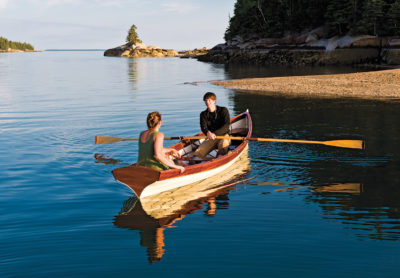

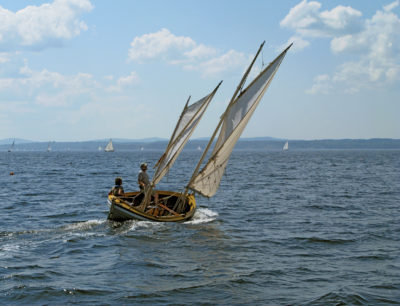
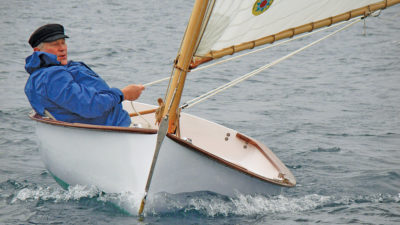
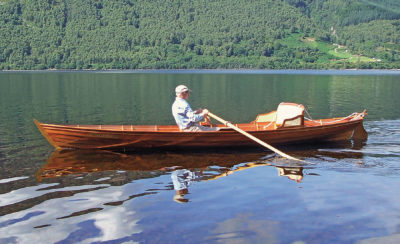
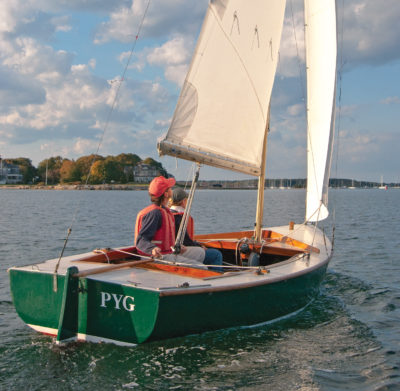
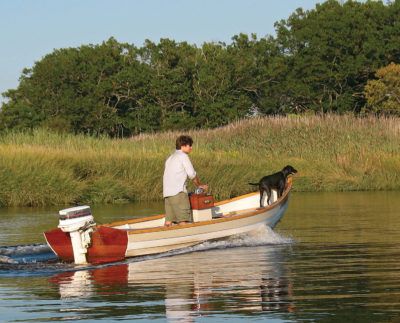
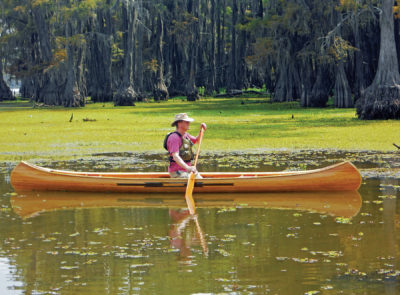
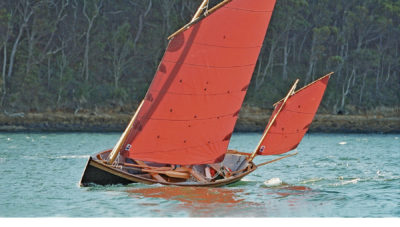
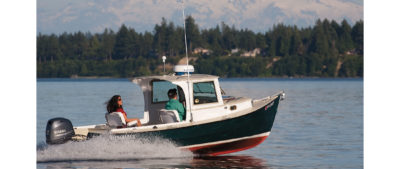
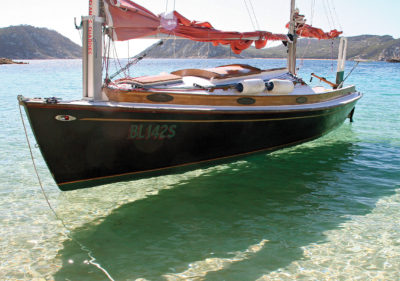

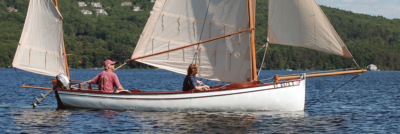
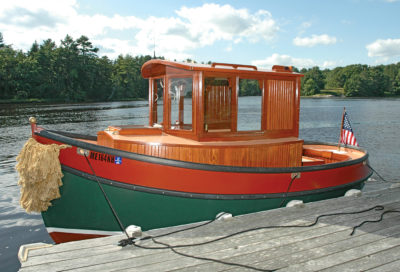
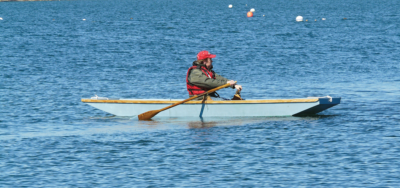
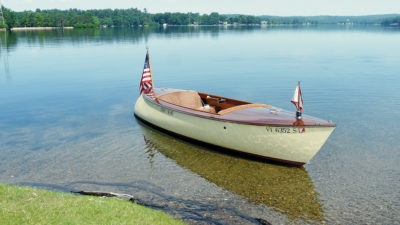
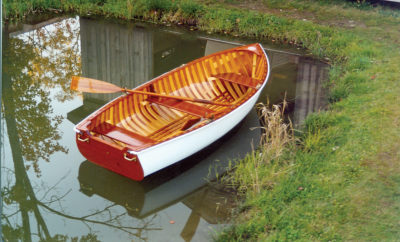
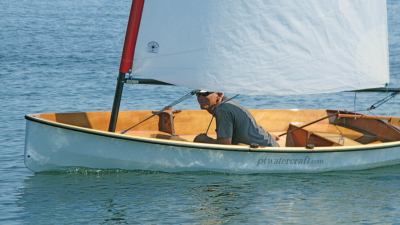
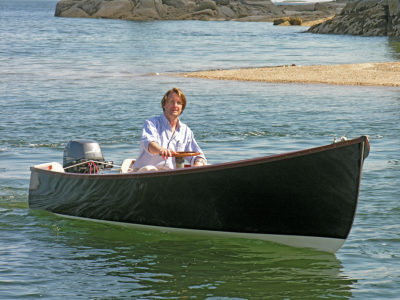
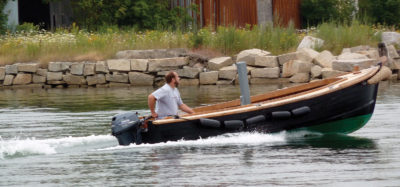
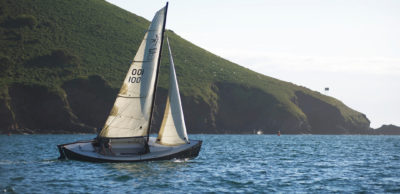
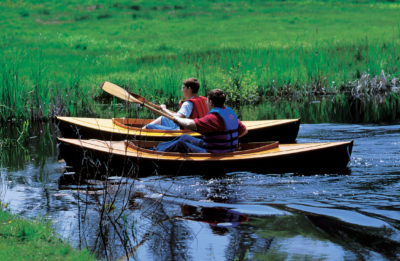
Love the the lines of the Salty Heaven
Thanks